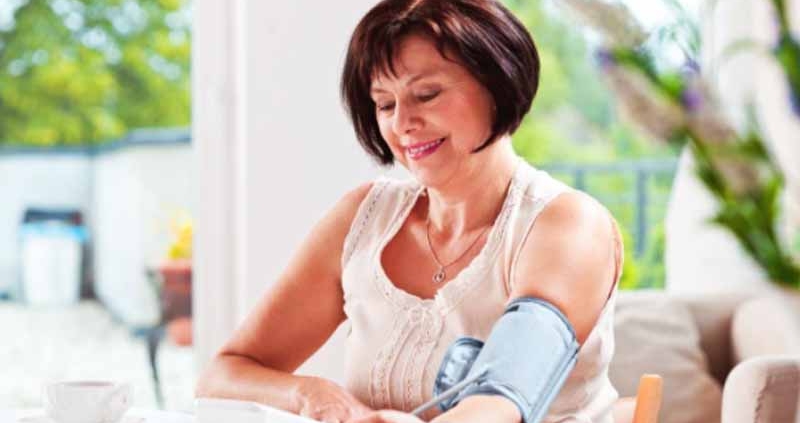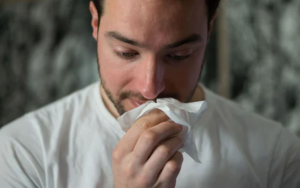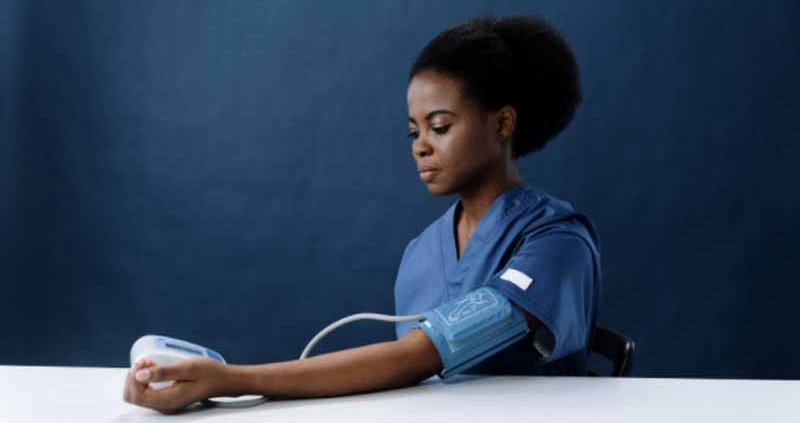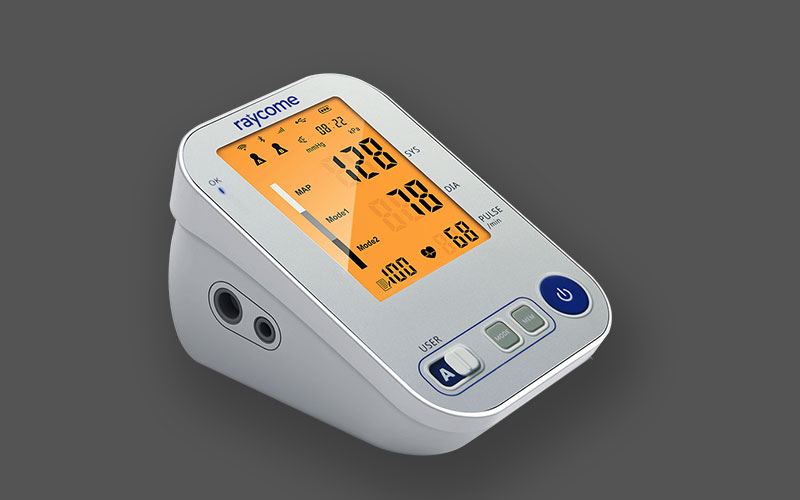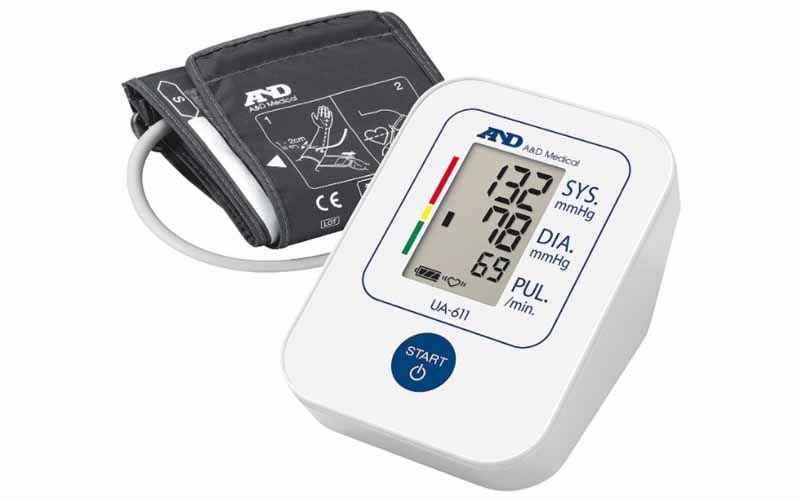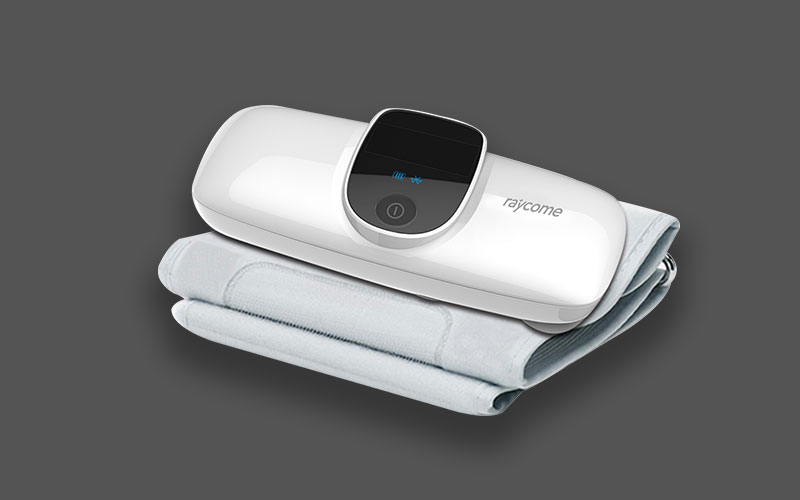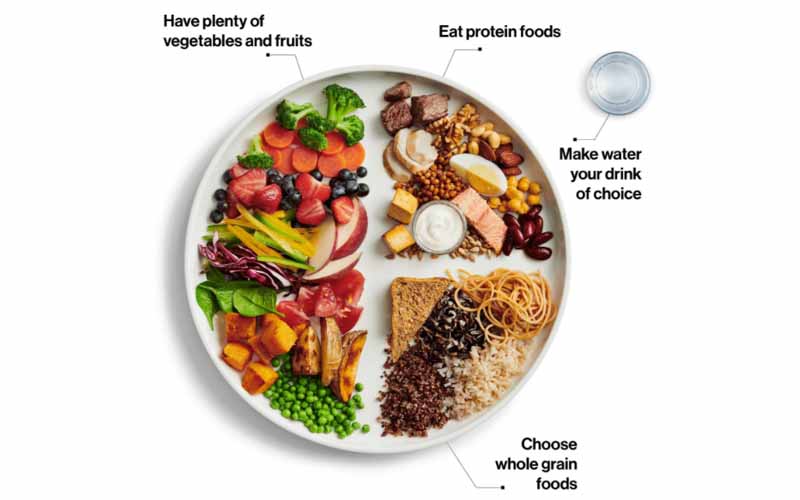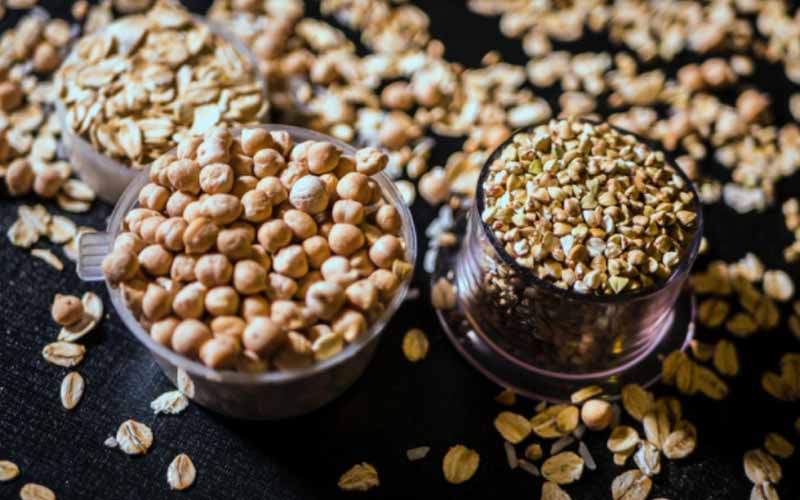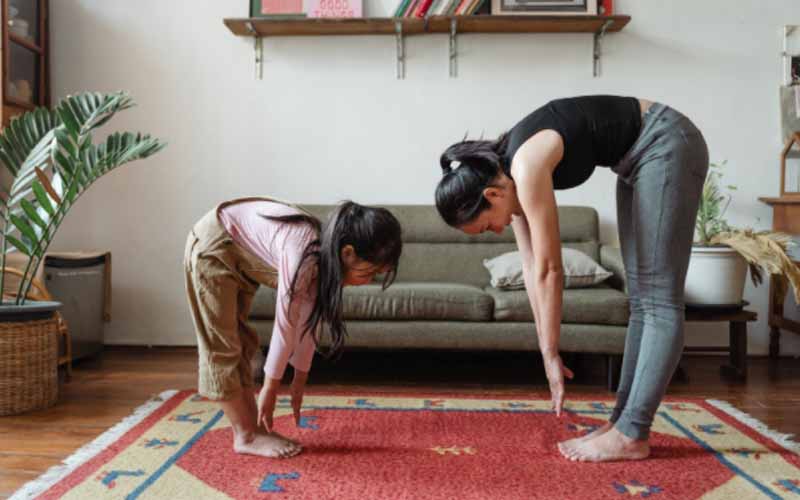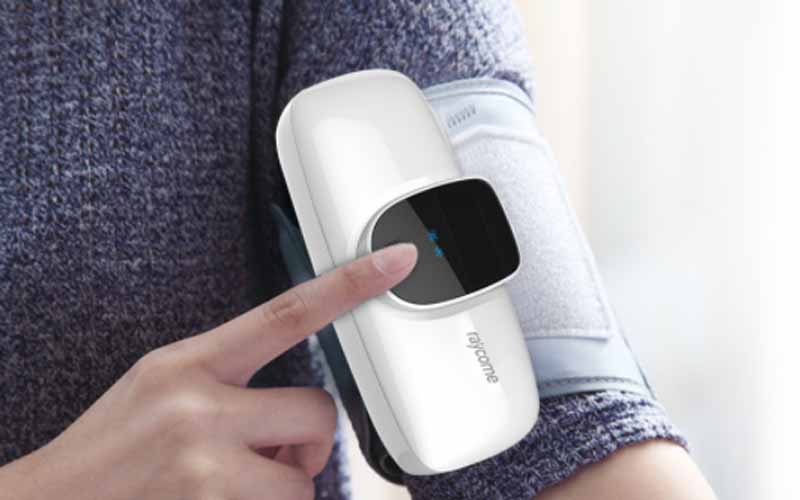Source : healthywomen.org
Blood pressure monitoring is crucial when you have been diagnosed with hypertension. It is equally recommended for anyone that presents risk factors such as age, obesity, or a family history of the disease. The goal behind taking regular readings is to keep track of the condition and avoid further life-threatening complications.
A home blood pressure monitor allows you to conveniently take your measurements without having to visit the hospital. However, while they are just as effective as a professional automatic blood pressure machine, incorrect usage will yield inaccurate readings.
So, how can you ensure your home readings are accurate? Read on for some tips.
Table of Contents
Choose the Right BP Monitor

There are hundreds of blood pressure machine manufacturers offering different home use models in the market. Nevertheless, the variety notwithstanding, it is advisable that you find a reliable device that you are comfortable with. The ideal home BP monitor should be:
Easy to use – aim for a device that does not require complicated interpretation of results to avoid erroneous readings.
Accurate – high accuracy of at least +/- 2 mmHg is recommendable.
Come With an Adjustable Arm cuff – the arm cuff should be adjustable to comfortably fit your arm circumference.
Portable – consider compact and portable devices that you can travel with when necessary.
Take some time to research different brands and evaluate the durability and quality of their products. It is also a plus if they offer a warranty.
When to Take Readings
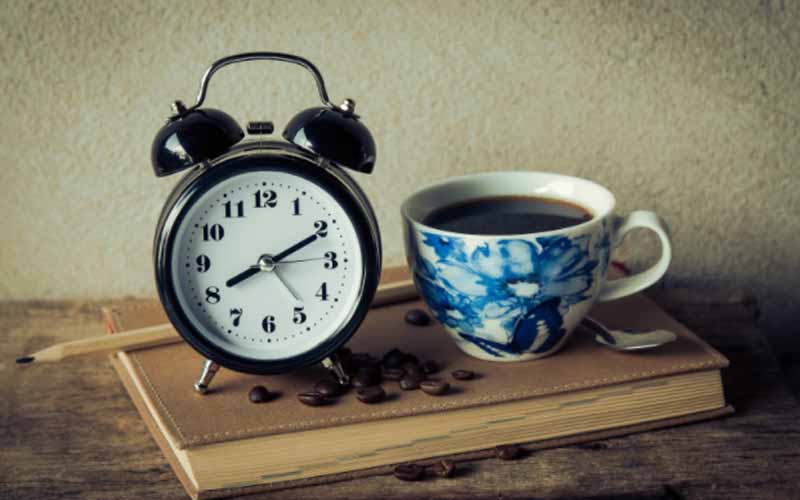
The rule of thumb is to schedule your readings at the same time every day. This is because your blood pressure naturally fluctuates during different times of the day. Taking readings at random times would not give you a true picture of your BP health. The exception to this rule is in circumstances where you feel unwell and are exhibiting symptoms of a blood pressure spike.
Further, experts recommend that you take readings in a calm state. If you had been engaging in strenuous activity, such as exercise, allow your heart rate to return to normal before measuring.
Researchers have also found that emptying your bladder before measurements improves the accuracy of readings. This was evidenced by a study in which some patients’ BP was taken on a full bladder versus a control group with emptied bladders. Those that relieved themselves before readings had lower BP results than those who did not.
How to Use a Home Blood Pressure Machine
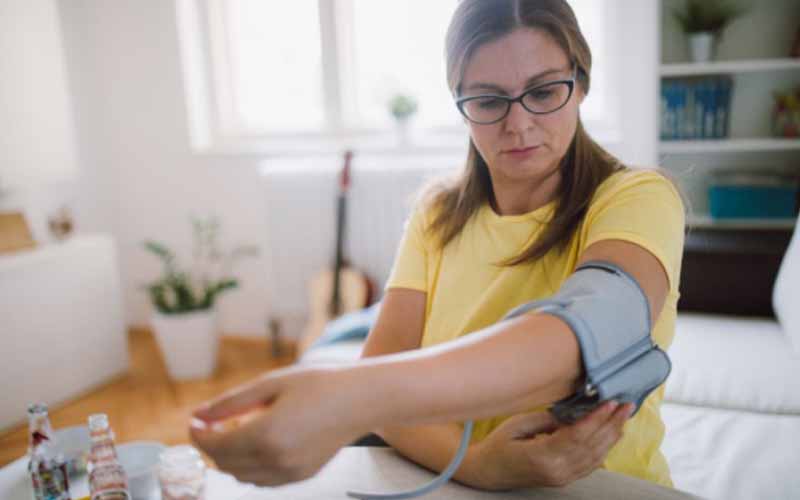
While every model is unique in its own way, the measurement principle is largely the same. The following steps could guide on taking your BP measurements:
Ensure that your home BP monitor is charged
Roll up your sleeve to expose your arm if you are wearing a sleeved shirt
Sit upright with your feet planted on the floor
Place your arm in the cuff and secure it appropriately
Press the start button
Do not engage in any other activities during the measurement
The positioning of the arm cuff will depend on your home blood pressure monitor. Most devices are upper arm monitors as it is the recommended way to measure BP but there are wrist monitors too. Be sure to confirm the stipulated positioning of your device.
Interpreting the Readings

The average BP monitor displays systolic and diastolic blood pressure readings. The systolic reading displays on the top and the diastolic appears below it. Currently, the recommended interpretations for BP ranges stand as follows:
Normal reading
Systolic pressure at or below 120 mmHg
Diastolic pressure less than 80mmHg
Elevated BP
Systolic at 120-129 mmHg
Diastolic at below 80 mmHg
Hypertension
Systolic above 140 mmHg
Diastolic above 90 mmHg
Hypertensive Crisis
Systolic above 180 mmHg
Diastolic above 120 mmHg
It is best to keep a record of your blood pressure readings or use a monitor that stores your measurement data. If your reading indicates that you are in a hypertensive crisis, seek immediate medical care.
Helpful Apps
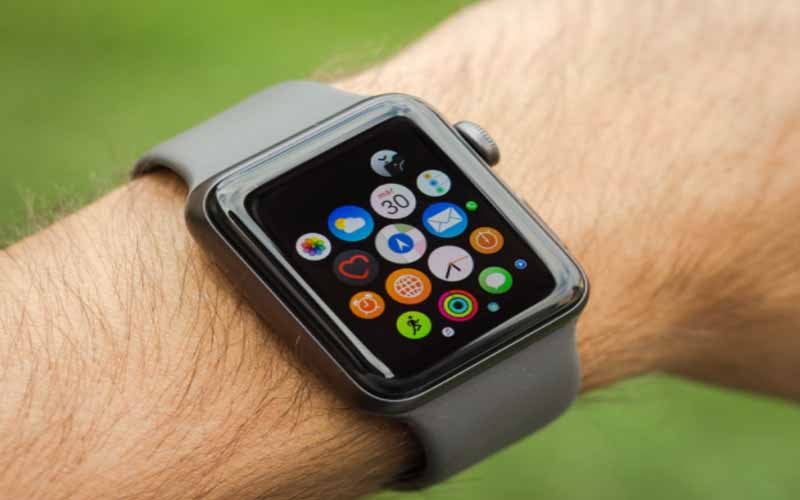
A BP monitoring application can be installed on your mobile phone or other smart devices. You would then sync it to your BP monitor if it supports such applications. When this setup is done, your smart BP monitor will henceforth be able to share your BP data with the application.
Most applications keep a record of measurements and give you summaries of your readings. You would easily be able to see weeks when you had elevated rates, improved readings, or get alerts when measurements are precarious. It is also possible to set a reminder to prompt you in case you forget to take your regular reading. Perhaps the most important feature is the ability to share your data with your physician as it allows for remote care and professional monitoring.
Conclusion
Home blood pressure monitoring enables you to take charge of your BP health. You no longer have to wait for doctor’s visits to get access to a professional blood pressure machine. So, given this freedom, do not wait any longer to start the journey towards getting your BP in check.

